Mental Illness in Hispanics: A Review of the Literature
Abstract
General characteristics of Hispanic Americans
Heterogeneity of Hispanic Americans in aspects relevant to mental health
Differences in genetics and race
Differences according to birthplace
Access to, quality, and utilization of health care and mental health care
Behaviors and risk factors that complicate mental illness and its treatment
Family, environment, and mental illness
Linguistic barriers and communication with health care providers
Prevalence of mental disorders among Hispanic Americans
Detection of mental disorders in Hispanic Americans
Diagnosis of mental disorders in Hispanic Americans
Effect of language on diagnosis of mental disorders
Medication treatment of mentally ill Hispanic Americans
Metabolism/pharmacokinetics of psychotropic medications
Response to psychotropic medications
Medication treatment of depression
Medication treatment of schizophrenia
Medication adherence
Psychotherapy and psychosocial interventions
Psychotherapy for depression
Psychotherapy for anxiety/phobic disorders in children
Psychosocial interventions in patients with schizophrenia
Conclusions and recommendations
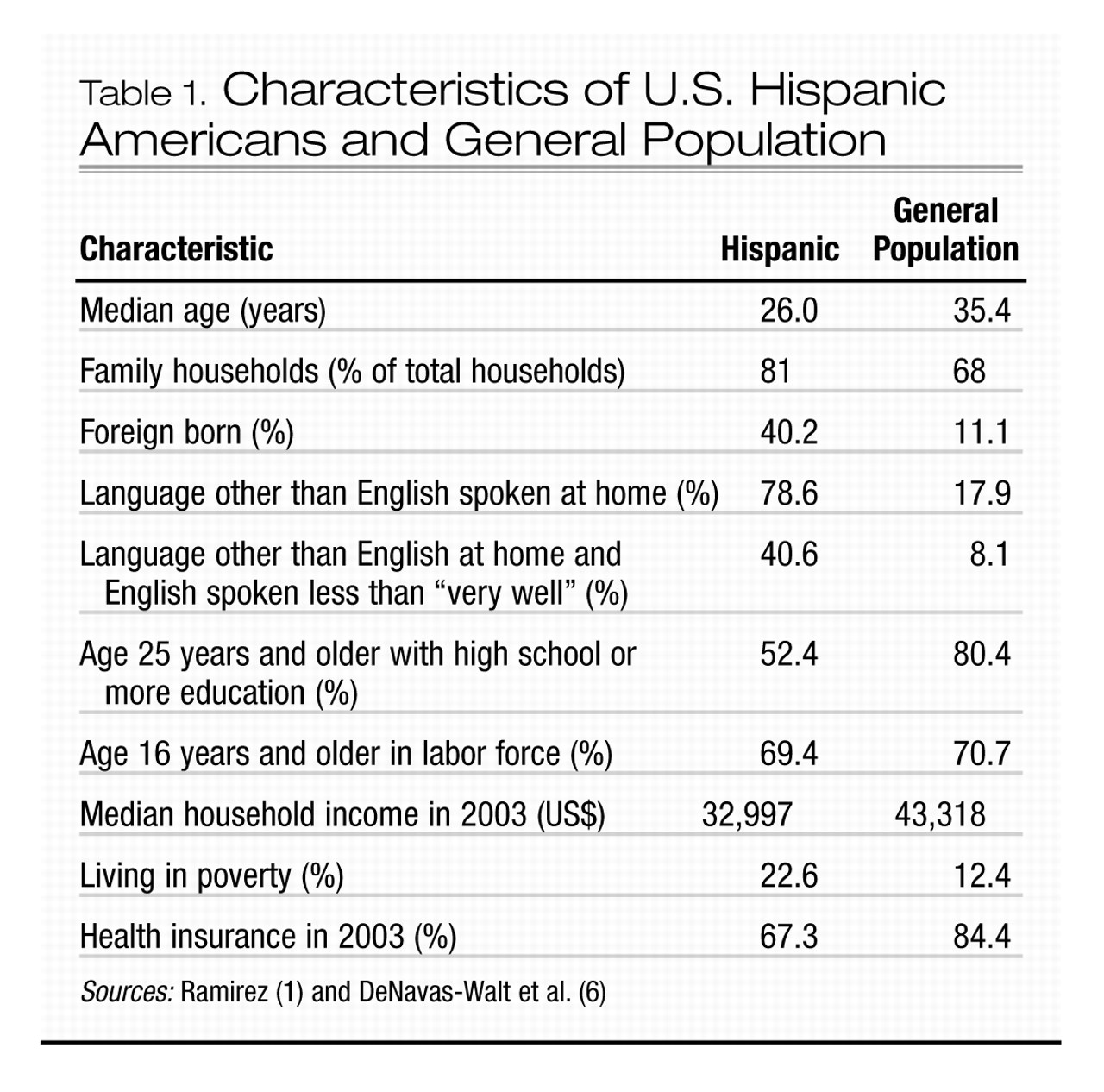
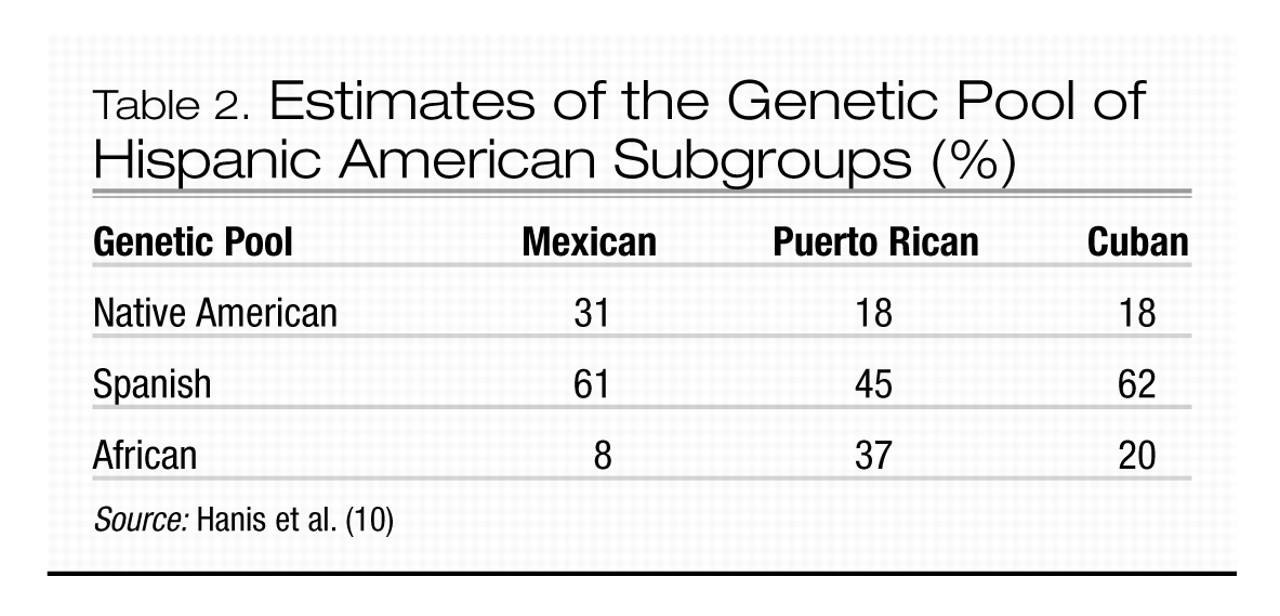
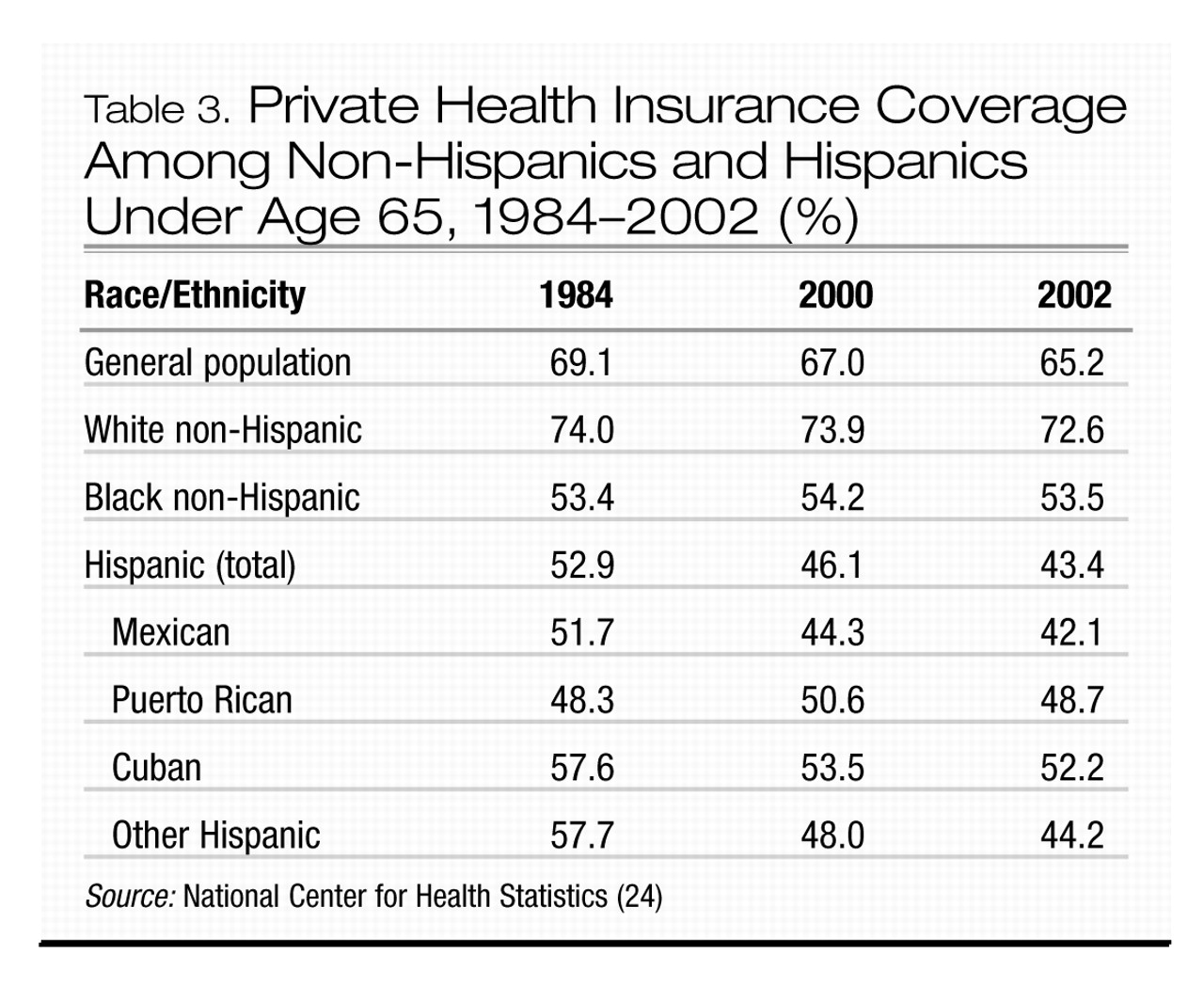

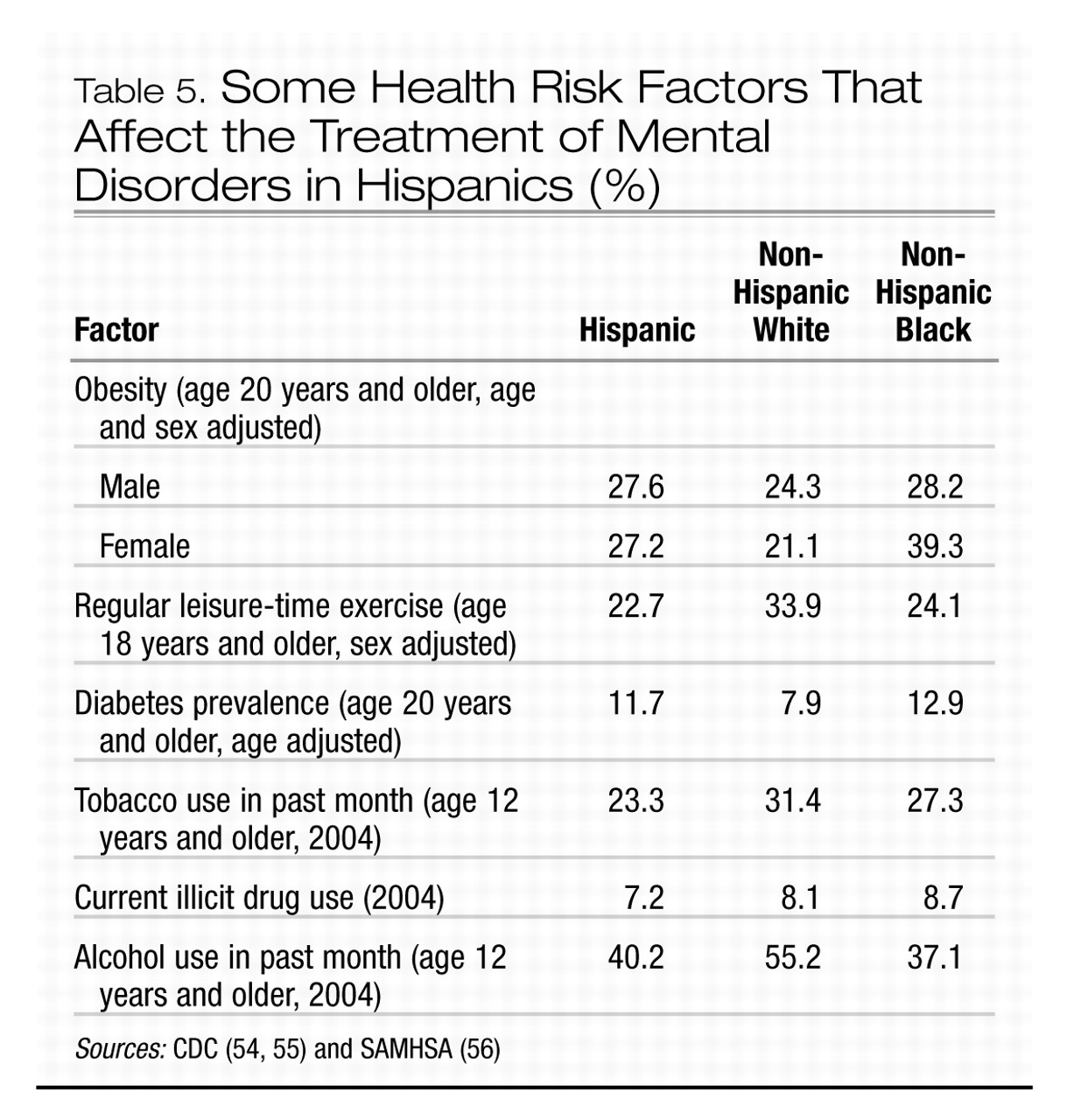
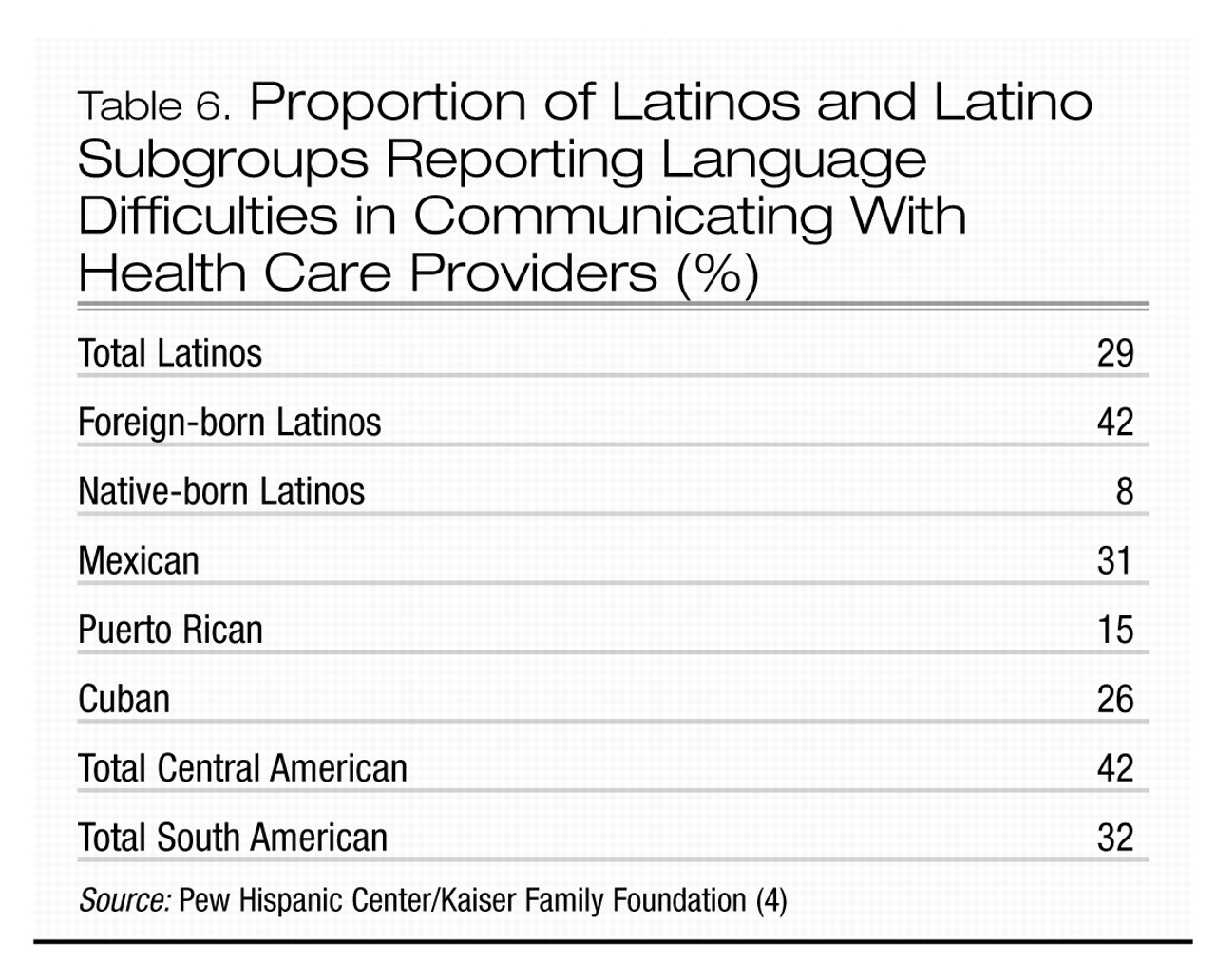
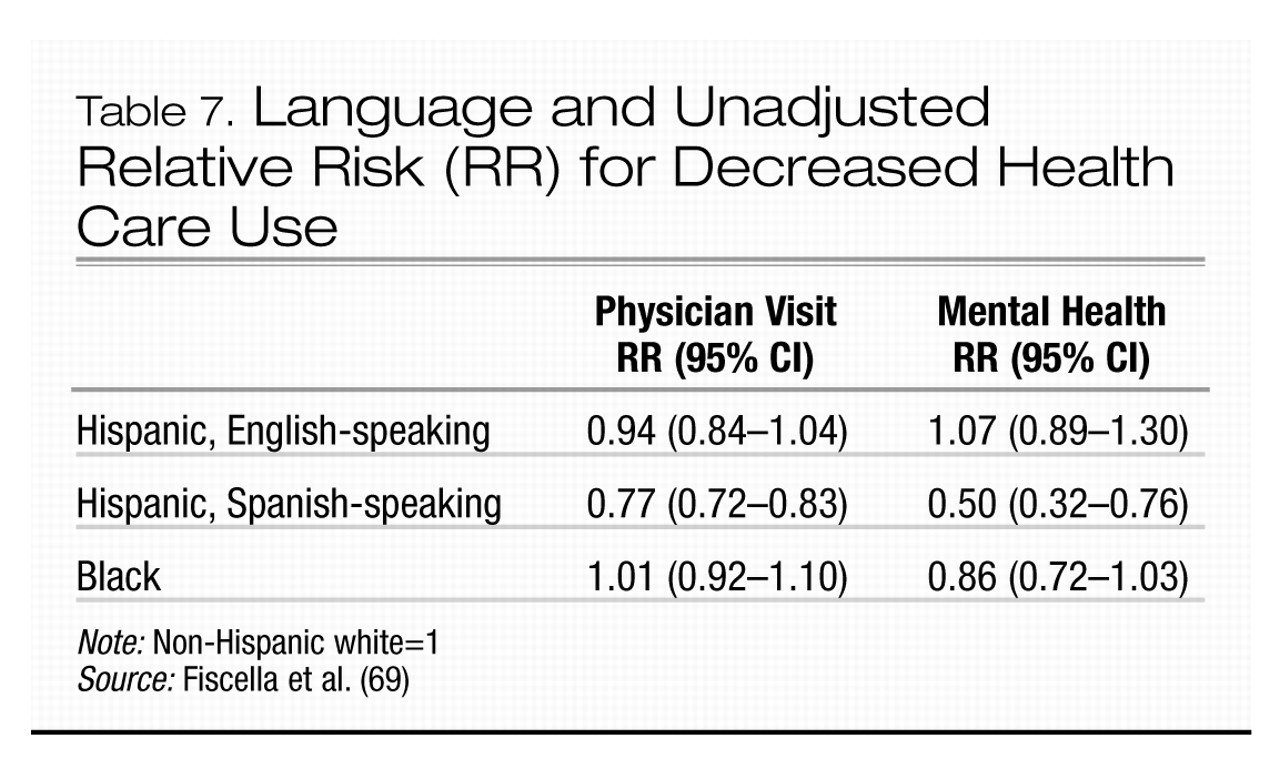
Footnotes
References
Information & Authors
Information
Published In
History
Authors
Metrics & Citations
Metrics
Citations
Export Citations
If you have the appropriate software installed, you can download article citation data to the citation manager of your choice. Simply select your manager software from the list below and click Download.
For more information or tips please see 'Downloading to a citation manager' in the Help menu.
View Options
View options
PDF/EPUB
View PDF/EPUBGet Access
Login options
Already a subscriber? Access your subscription through your login credentials or your institution for full access to this article.
Personal login Institutional Login Open Athens loginNot a subscriber?
PsychiatryOnline subscription options offer access to the DSM-5-TR® library, books, journals, CME, and patient resources. This all-in-one virtual library provides psychiatrists and mental health professionals with key resources for diagnosis, treatment, research, and professional development.
Need more help? PsychiatryOnline Customer Service may be reached by emailing [email protected] or by calling 800-368-5777 (in the U.S.) or 703-907-7322 (outside the U.S.).

